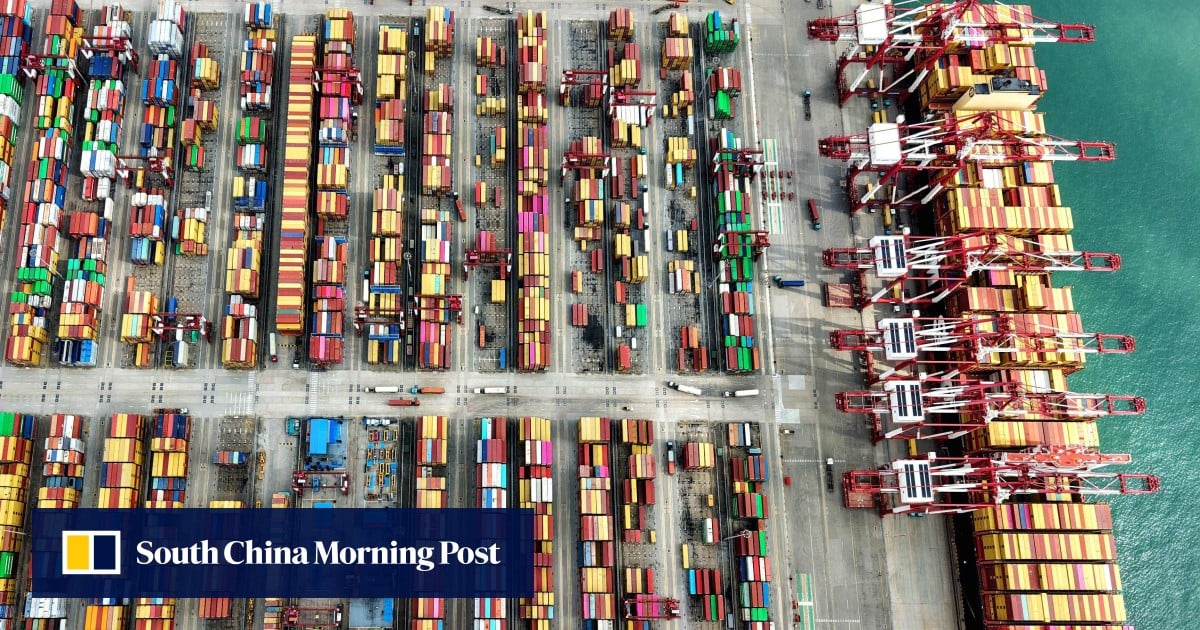China’s economy will grow 4.8 per cent in 2025 before growth moderates to 4.2 per cent in 2026 according to the latest projection by the International Monetary Fund (IMF), a sign of cautious optimism from the agency even as US-China ties remain volatile.
The forecast for 2025 is unchanged from IMF’s July’s estimate, 0.8 percentage points higher than its April projection and 0.3 percentage points higher than the report from last October.
The Chinese economy’s resilient performance was driven by “front-loading in international trade and relatively robust domestic consumption supported by fiscal expansion in 2025”, which had “more than offset the headwinds from higher uncertainty and tariffs”, the IMF said in its World Economic Outlook report.
However, the financial institution stressed the outlook “remains worrisome in China, where the property sector is still on shaky footing four years after its property bubble burst”. The IMF also cited risks to financial stability and weak credit demand as causes for concern.
“The economy teeters on the edge of a debt-deflation trap,” it added. “Manufacturing exports have buoyed growth, but it is hard to see how this could last.”
The fund suggested that “rebalancing toward household consumption – including through fiscal measures with a greater focus on social spending and the property sector – and scaling back industrial policies” would help China reduce surpluses and alleviate domestic deflationary pressures.
China has been affected more than other regions by tariffs, as it has faced larger duty hikes, the IMF said. With no clear sign of agreements being reached to lower trade barriers, the body said that uncertainty and tensions would likely remain elevated through the rest of 2025 and 2026.

